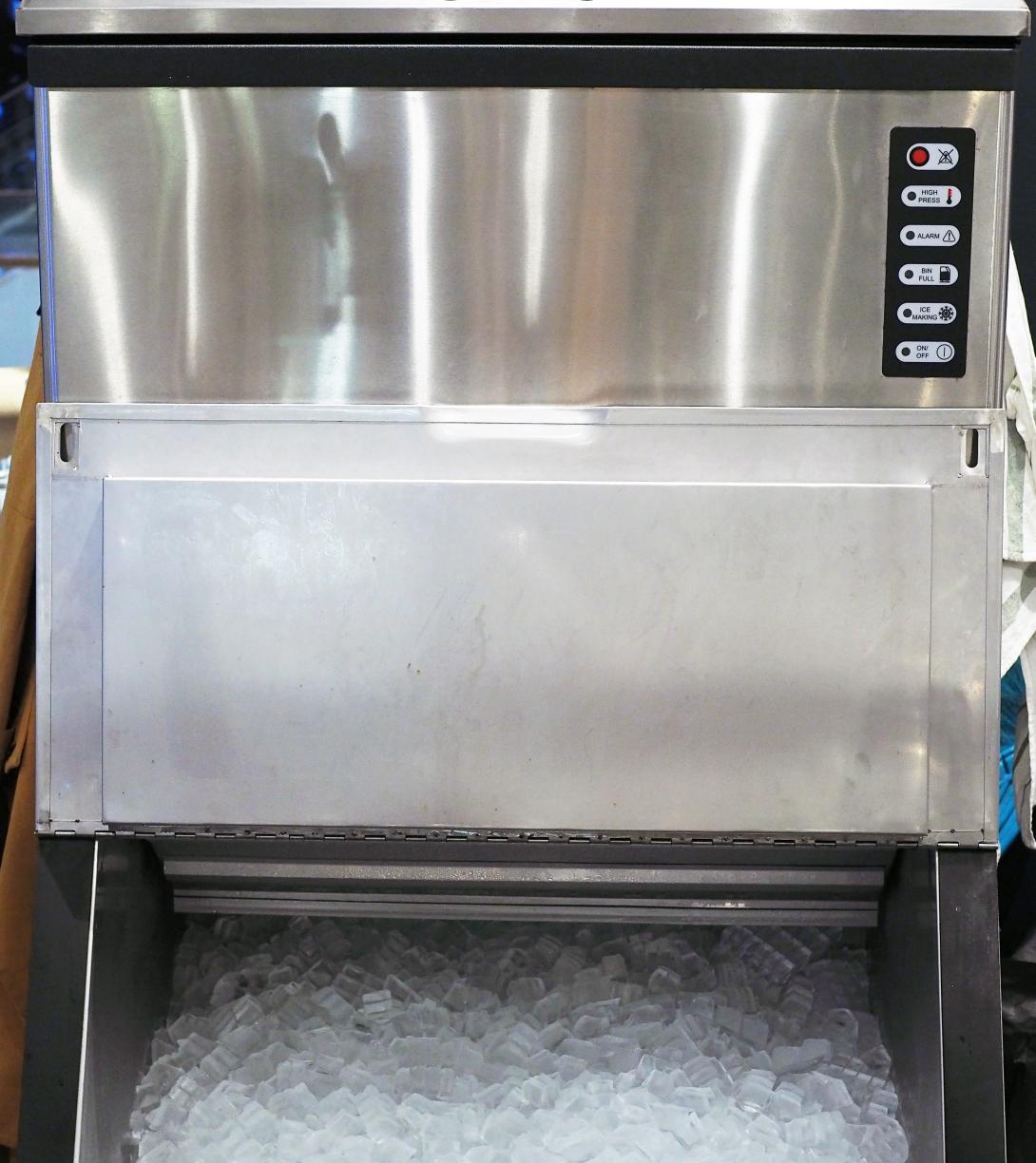Commercial ice machines play a crucial role in various industries, from restaurants and hotels to healthcare facilities and entertainment venues. These machines are not only an essential part of daily operations but also represent a significant investment. To ensure that your investment pays off in the long run, proper maintenance and cleaning are vital. In this blog, we'll delve into the importance of cleaning your commercial ice machine and provide practical tips to extend its lifespan.
The Significance of Proper Cleaning
A clean ice machine goes beyond aesthetics – it directly impacts the quality and safety of the ice produced. Over time, ice machines can accumulate mineral deposits, mold, and bacteria, which can affect the taste and odor of the ice, and even pose health risks to consumers. Furthermore, the accumulation of debris and buildup can strain the machine's components, leading to reduced efficiency and potential breakdowns.
Benefits of Proper Cleaning
Enhanced Ice Quality: Clean ice machines produce ice that is crystal clear and free from any off-putting flavors or odors, ensuring a positive customer experience.
Optimal Performance: Regular cleaning helps maintain the machine's efficiency, ensuring that it operates at its best and produces ice consistently.
Longevity: By preventing the buildup of mineral deposits and contaminants, proper cleaning reduces the strain on the machine's components, thereby extending its operational life.
Energy Efficiency: A clean ice machine requires less energy to operate, contributing to lower utility costs and a smaller environmental footprint.
Tips for Extending Your Ice Machine's Lifespan Through Cleaning
Establish a Cleaning Schedule: Create a regular cleaning schedule based on the manufacturer's recommendations and the machine's usage. Document cleaning dates to track your maintenance efforts effectively.
Read the Manual: Familiarize yourself with the manufacturer's cleaning guidelines provided in the user manual. These guidelines are tailored to your specific machine model and are essential for proper maintenance.
Safety First: Before cleaning, disconnect the power and water supply to the ice machine to prevent accidents. Use appropriate personal protective equipment (PPE) such as gloves and eye protection.
External Cleaning: Wipe down the exterior surfaces of the machine with a damp cloth to remove dust and dirt. Regularly sanitize control panels and touchpoints to maintain hygiene.
Internal Cleaning: Follow the manufacturer's instructions to access internal components for cleaning. Remove and sanitize parts such as the ice bin and water distribution system.
Descale Regularly: If you're in an area with hard water, mineral deposits can accumulate over time. Use a descaling solution recommended by the manufacturer to remove these deposits.
Sanitize and Disinfect: Use a food-safe sanitizing solution to disinfect components that come into direct contact with ice, ensuring the ice remains safe for consumption.
Ventilation Maintenance: Keep the condenser and ventilation areas clean and free from debris. Restricted airflow can lead to overheating and decreased efficiency.
Replace Filters: If your ice machine has filters, replace them according to the manufacturer's guidelines. Clean filters contribute to better air quality and efficiency.
Consider Professional Servicing: Periodically, it's wise to have a professional technician inspect and service your ice machine. They can identify potential issues and perform in-depth cleaning.
Conclusion
Proper cleaning is the key to maintaining the performance, efficiency, and lifespan of your commercial ice machine. By establishing a regular cleaning routine, following manufacturer guidelines, and implementing best practices, you can ensure that your ice machine remains a reliable asset for your business. Remember that a well-maintained ice machine not only produces high-quality ice but also contributes to a positive customer experience and long-term cost savings.
